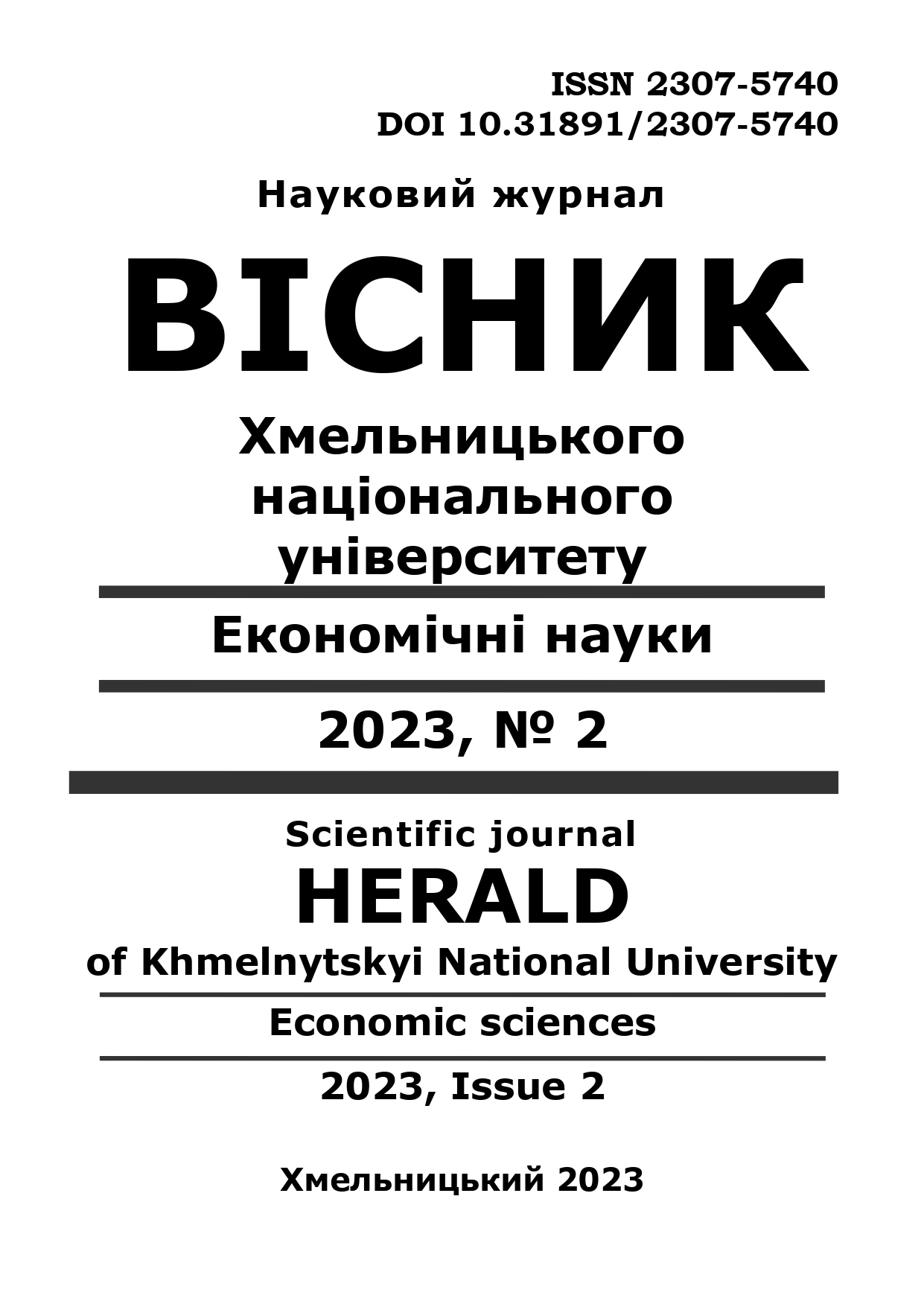FROM INDUSTRIAL ECOSYSTEMS TO DIGITAL ECONOMY ECOSYSTEMS: NEW BUSINESS MODELS AND MODELS OF COMPETITION IN THE CONDITIONS OF DIGITALIZATION OF INTERNATIONAL TRADE IN GOODS AND SERVICES
DOI:
https://doi.org/10.31891/2307-5740-2023-316-2-52Keywords:
digital ecosystem, digital business models, global value chains, digitization, international markets of goods and services, digital services, innovation, technology, digital platforms, digital sector, digital transformation, international business, competitionAbstract
Digitalization has become a new stage in the development of the world economy in terms of the development, implementation and dissemination of new technologies, and its impact on the development of international trade is decisive, if only because there is already an explosive growth in digital transactions and digital trade on a global scale. The key result of digital transformations for international trade is the creation of new markets, products and business models based on new digital technologies. In the context of digitalization, however, there is a certain difficulty in defining the increasingly blurred boundaries between goods and services. The main manifestations of the digital transformation of international trade are the large-scale development of e-commerce, the intensive development of foreign trade in information and communication services, and the development of digital e-commerce platforms. Digital technologies have transformed economic activity in domestic and international markets. Their widespread use affects all sectors of international trade, however, they have most affected trade in services, which has become at the center of the latest technological revolution. By creating new products, changing the characteristics of traditional products, and reducing trade costs, digital technologies have a serious impact on the determinants of competitive advantage, and these, in turn, on the structure of international trade. This raises the important question of which determinants of competitive advantage will be stronger in the digital age and whether new determinants are likely to emerge.
Digitalization has become a new stage in the development of the world economy in terms of the development, implementation and dissemination of new technologies, and its impact on the development of international trade is decisive, if only because there is already an explosive growth in digital transactions and digital trade on a global scale. The key result of digital transformations for international trade is the creation of new markets, products and business models based on new digital technologies. In the context of digitalization, however, there is a certain difficulty in defining the increasingly blurred boundaries between goods and services. The main manifestations of the digital transformation of international trade are the large-scale development of e-commerce, the intensive development of foreign trade in information and communication services, and the development of digital e-commerce platforms. The purpose of the article is to study the characteristic features of digital business models and digital ecosystems, covering existing (realized) and potential (implicit, hidden) relationships that are formed and established through digital innovations, and to conceptualize the relationship between the business environment and the technological environment of organizations. involved in digital transformation Digital technologies have transformed economic activity in domestic and international markets. Their widespread use affects all sectors of international trade, however, they have most affected trade in services, which has become at the center of the latest technological revolution. By creating new products, changing the characteristics of traditional products, and reducing trade costs, digital technologies have a serious impact on the determinants of competitive advantage, and these, in turn, on the structure of international trade. This raises the important question of which determinants of competitive advantage will be stronger in the digital age and whether new determinants are likely to emerge. Although the ecosystem of platforms is usually identified with digital business ecosystems or software ecosystems, in the process of highlighting the specific characteristics of each of the considered ecosystems - the entrepreneurial ecosystem, the innovation ecosystem, the service ecosystem, the product ecosystem, we found out their common and distinctive features. It has been established that with the rapid development of digital technologies, the forms of economic activity are evolving, the volume of information being used is increasing, and new methods of its processing are emerging. The presence of the qualifying word "digital" in "digital ecosystems" opens the possibility to interpret "ecosystem" as an orientation model for the development of self-organizing software systems, software services, and applications that arise spontaneously from an artificial environment. Self-organization of digital ecosystems is expressed in the ability to independently change in the face of changes in internal elements and the external environment. However, a fundamental change in the external environment, expressed, for example, in a deep economic crisis, may adversely affect the ability of the digital ecosystem to self-organize. The scalability of digital ecosystems lies in the ability to function effectively with a growing amount of data in use and digital divisions. An increase in the number of ecosystem elements leads to an increase in the scale of the ecosystem.


